|
The park provides a needed refuge for wildlife populations in the area. The park covers two physiographic provinces and lies in a transition zone between northern and southern climates, resulting in diverse habitats that can support healthy breeding populations of numerous animal species. Inventory data lists at least 46 species of mammals, 22 species of amphibians, 25 species of reptiles, 129 species of birds, 26 species of fish, and an unknown number of invertebrates. Several studies have uncovered a few Virginia state rare or threatened species as well as species of special concern. Threats to wildlife in the park include poaching, development, and direct habitat loss and alteration. 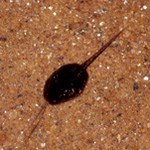
NPS Photo Amphibians 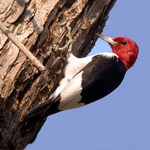
NPS Photo/Paula Sullivan Birds |
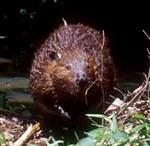
NPS Photo Mammals 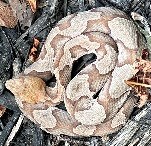
NPS Photo/Melissa Weih Reptiles 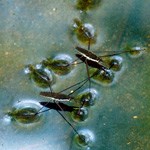
NPS Photo They may have no backbone, but invertebrates ARE the backbone of the natural world! Birds, snakes, amphibians and other animal species feed on invertebrates. They also pollinate our flowers and food plants and wow us with the beautiful color displays of moths, butterflies, and dragonflies. |
Last updated: December 24, 2023
